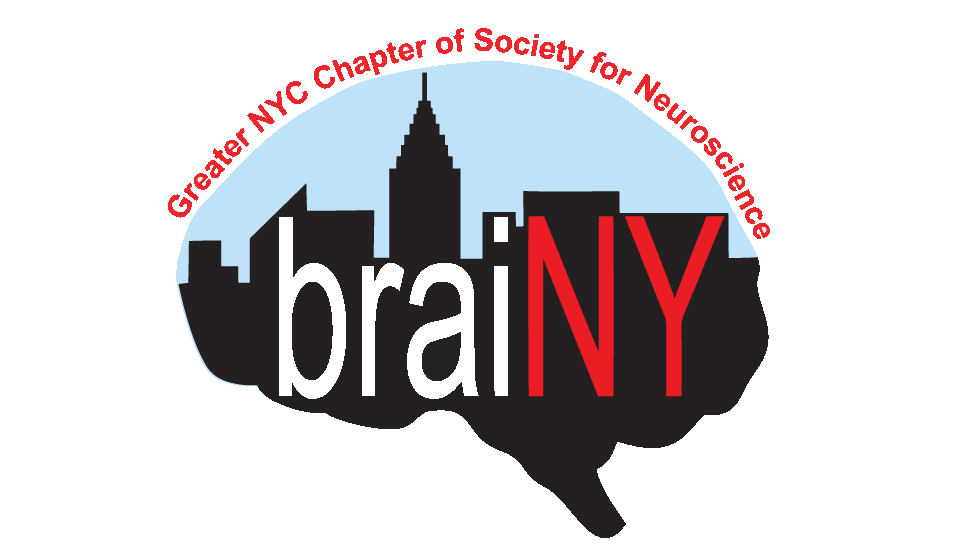Are the answers to effective mental health care in cells or sonnets?
By Christina Maher
Trigger Warning: This article contains discussion of domestic violence, sexual violence, and mental health crisis. If you need support at any time, please call the National Suicide Prevention Lifeline at 1-(800)-273-8255, or the National Domestic Violence Hotline at 1-(800)-799-7233. You are not alone.
Disclaimer: The information provided in this article is strictly for information purposes. It is not intended as a substitute for any advice from your licensed healthcare provider. You should not use this information for diagnosis or treatment of any mental health disorder. Please consult with a licensed healthcare professional for the treatment plan that is right for you.
In 1862, Emily Dickinson wrote, “The Brain – is wider than the Sky – For – put them side by side – The one the other will contain With ease – and you – beside –”.
In 2022, advances, like “fMRI” (a tool for recording brain activity), “optogenetics” (a technique allowing brain regions to be controlled using light), and “organoids” (miniature artificial brains created using stem cells), have allowed us to take great strides in our understanding of the brain. However, answers to the intricate workings of the brain and the brain’s role in mental health remain unclear. According to the National Institute of Mental Health, nearly 1 in 5 United States adults currently live with a mental health disorder. Today, 160 years later, Dickinson’s lines still capture the mystery, intrigue, and awe surrounding our understanding of this magnificent organ.
This raises a question: To move forward in understanding the brain’s role in mental health disorders, should we study cells or sonnets? Solace Women’s Aid, a London-based charity providing therapeutic support to women who have experienced domestic and sexual violence, makes the answer clear. We must study both.
Studying both is what I do. I am a graduate student researching how the brain works. I also facilitate a creative mindfulness support group for Solace Women’s Aid called Finding Solace. Many of the participants experience anxiety, depression, and post-traumatic stress disorder. Since the beginning of the COVID-19 pandemic, violence against women and girls has increased globally. This has placed extreme pressure on my team at Solace Women’s Aid to deliver effective care. Through my complementary roles as both a researcher and provider, I see the crucial role of science in explaining our human experience and the equally crucial role of art in capturing all that cannot be explained.
Each Finding Solace session includes journaling and mindfulness exercises that promote resilience and well-being. In a recent neuroscience study, a team of researchers led by Dr. Megan Speer at Columbia University found that a positive mindset can transform memories. When participants found positive meaning in their negative memories, the way these memories were remembered and participants’ mood improved. Using fMRI, the researchers found that the hippocampus (a brain region involved in storing and organizing memories) and the ventral striatum (a brain region involved in reward processing and decision-making) differed when participants recalled positively updated memories compared to memories that had received no special instruction.
Scientific findings like these are critical for designing our therapeutic exercises at Solace Women’s Aid, but these results do not provide a one-size-fits-all solution.
We each have a unique human experience and some memories may be too traumatic to relive. For this reason, each Finding Solace session also includes a poetry reading. I recently shared Mary Oliver’s “Wild Geese”, “Tell me about despair, yours,” the poem reads, “and I will tell you mine.” These words bring comfort to those we serve at Solace Women’s Aid.
Following last week’s session, a participant shared that the therapeutic exercises and poems helped her cope with everyday stresses and find meaning in her work once again.
It seems the answers to mental health lie between the lines of Darwin and Dickinson.
Christina Maher is a first-year Neuroscience PhD student at the Icahn School of Medicine at Mount Sinai. Before beginning her PhD, Christina completed her MSc in Cognitive Neuroscience at University College London and BS in Behavioral Neuroscience and Health Studies at Fairfield University. Christina is interested in studying learning, memory, and decision-making to better understand how our experience makes us who we are. Beyond the lab, Christina is a certified 200-hour yoga teacher with specialist training in trauma-informed mindfulness.
Edited by Denise Croote, PhD

